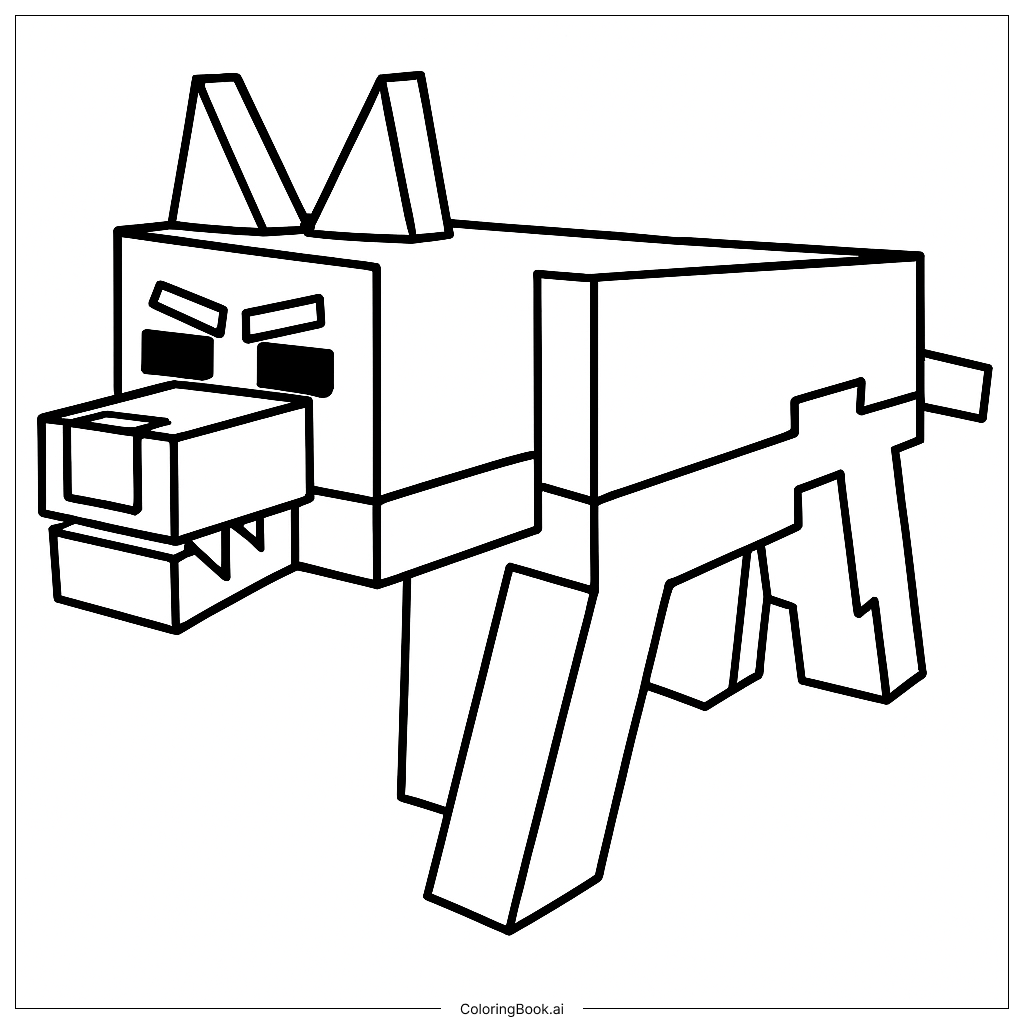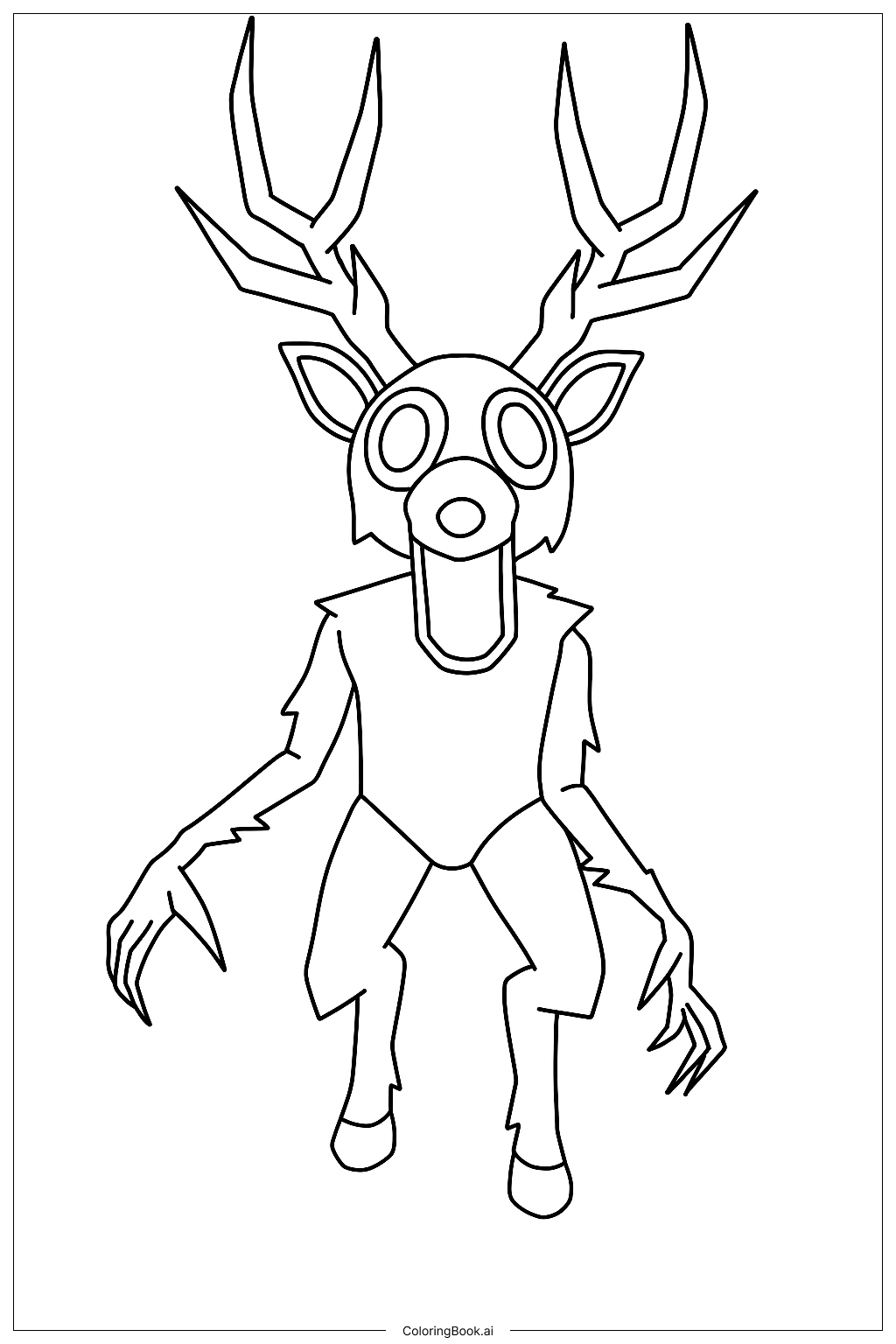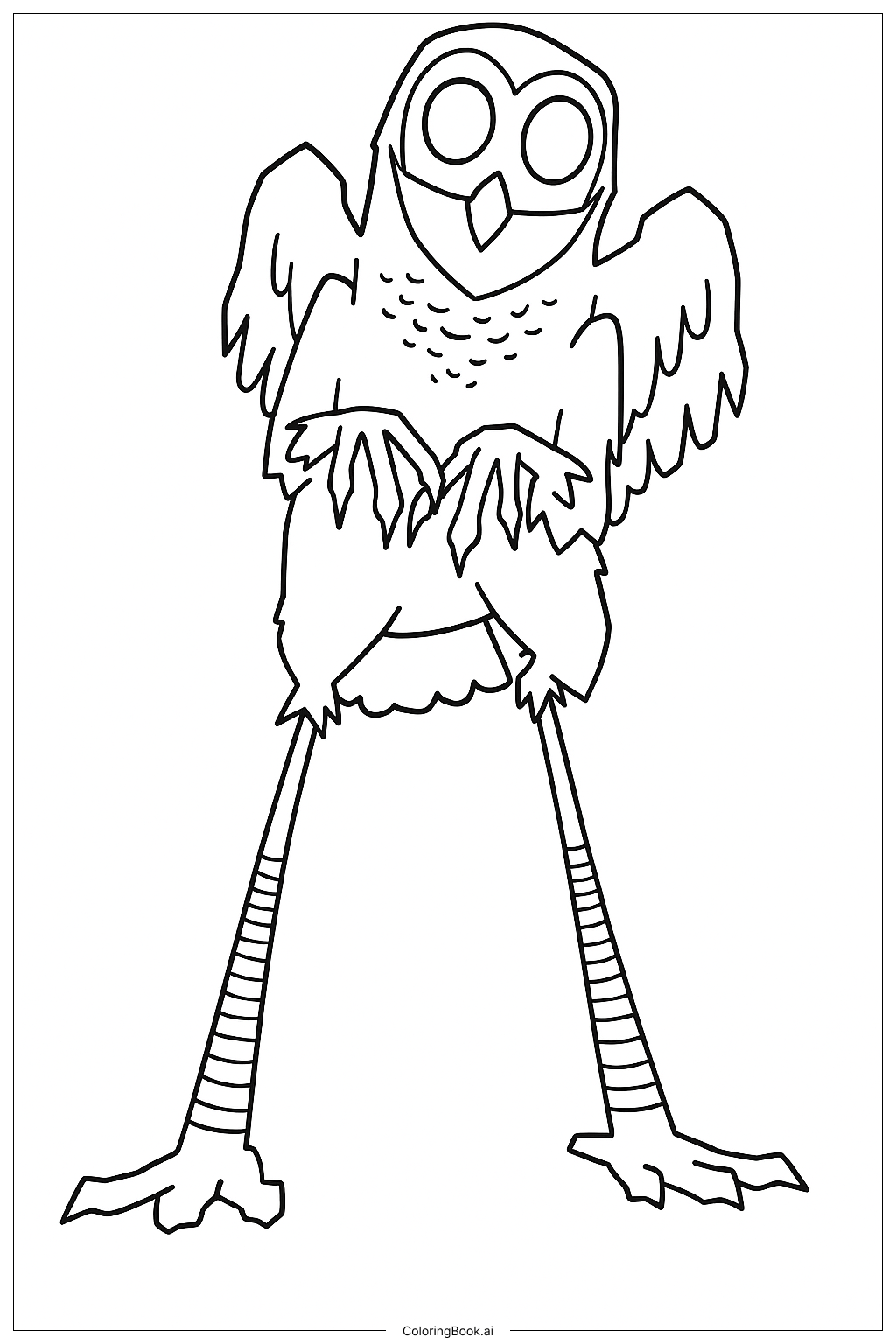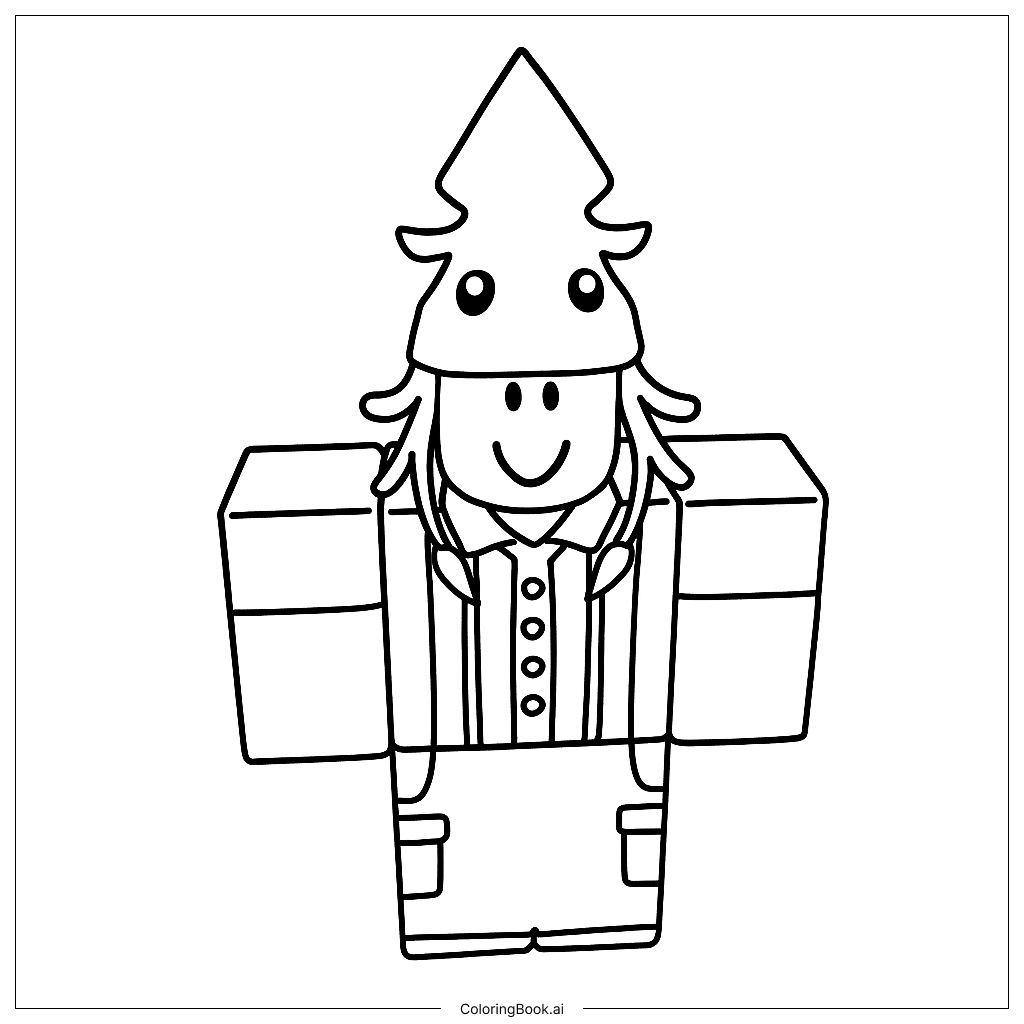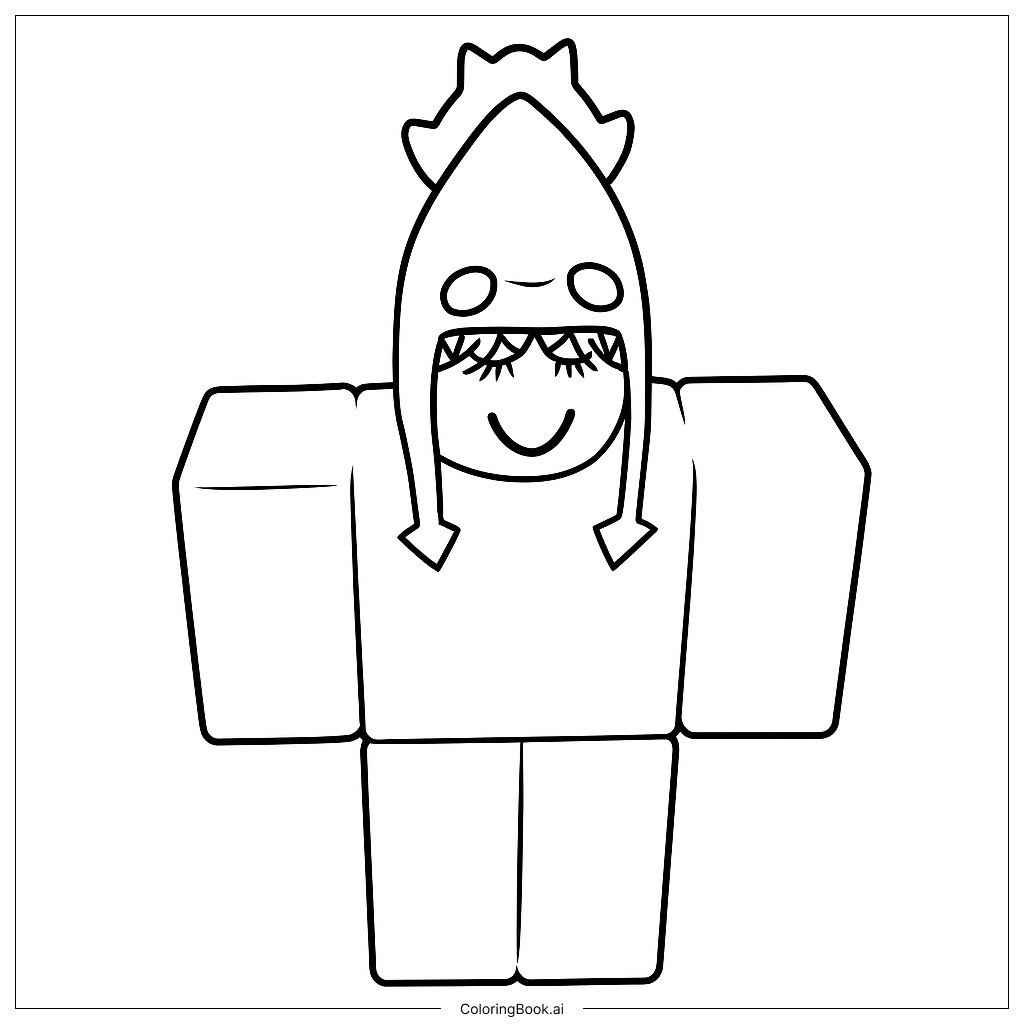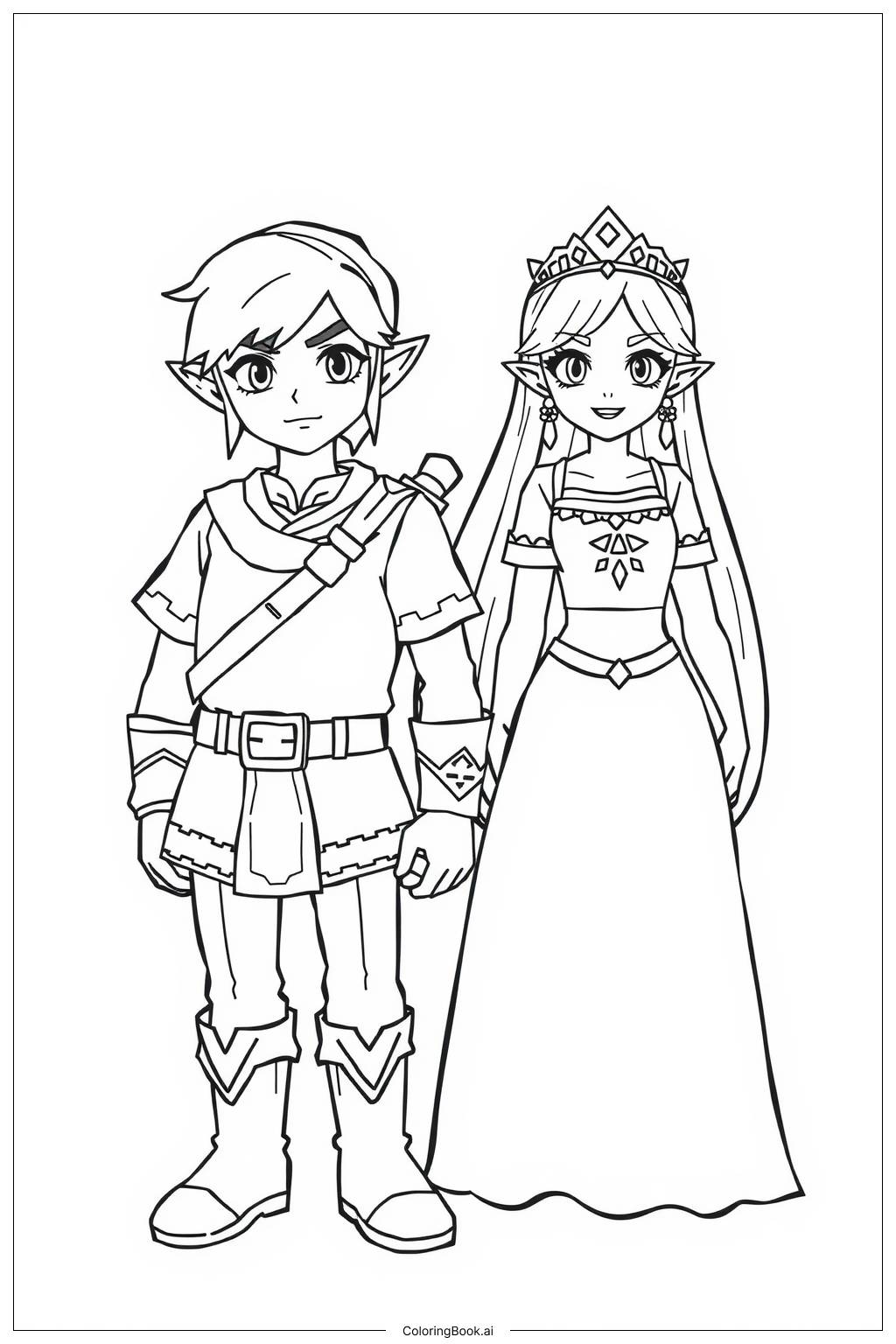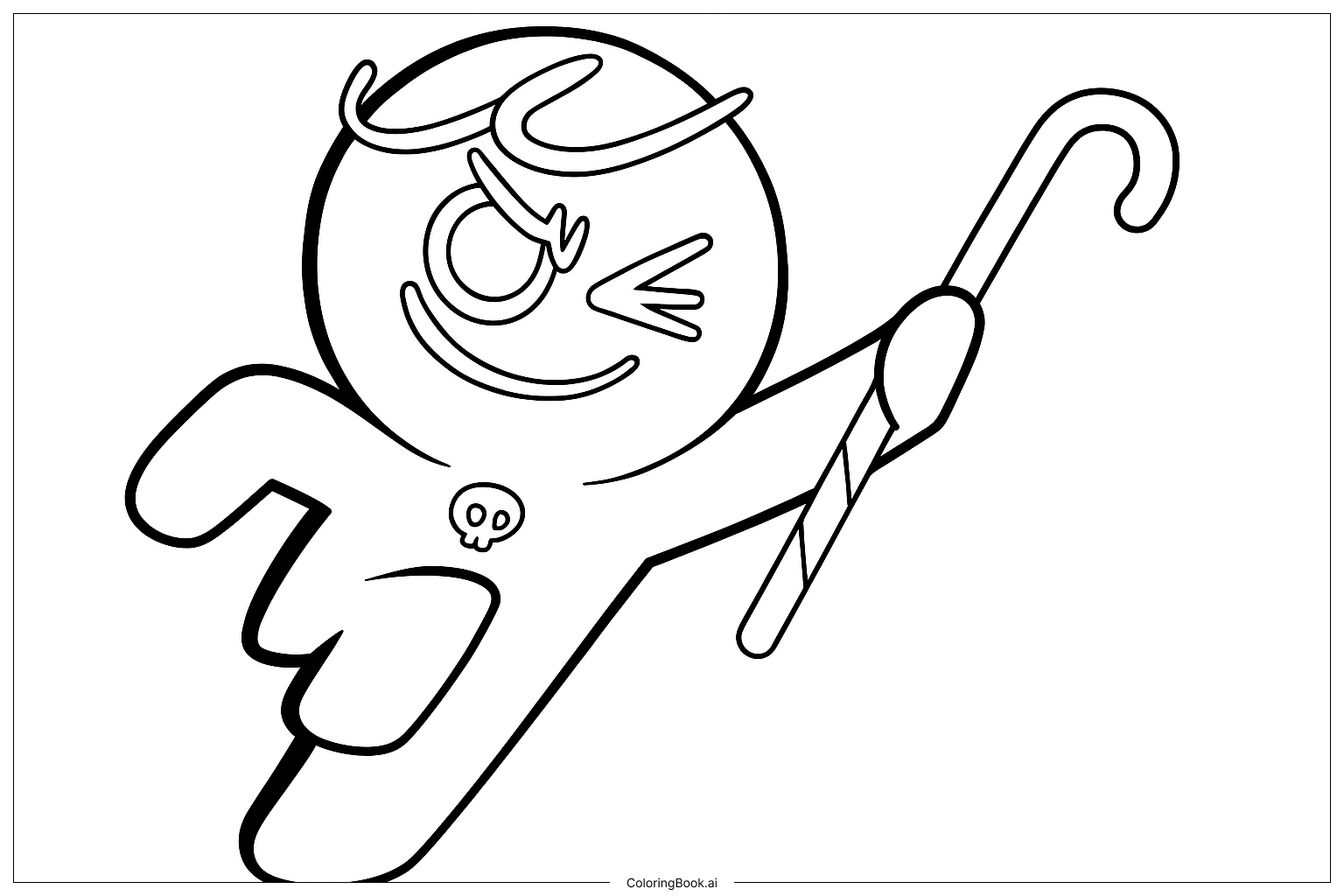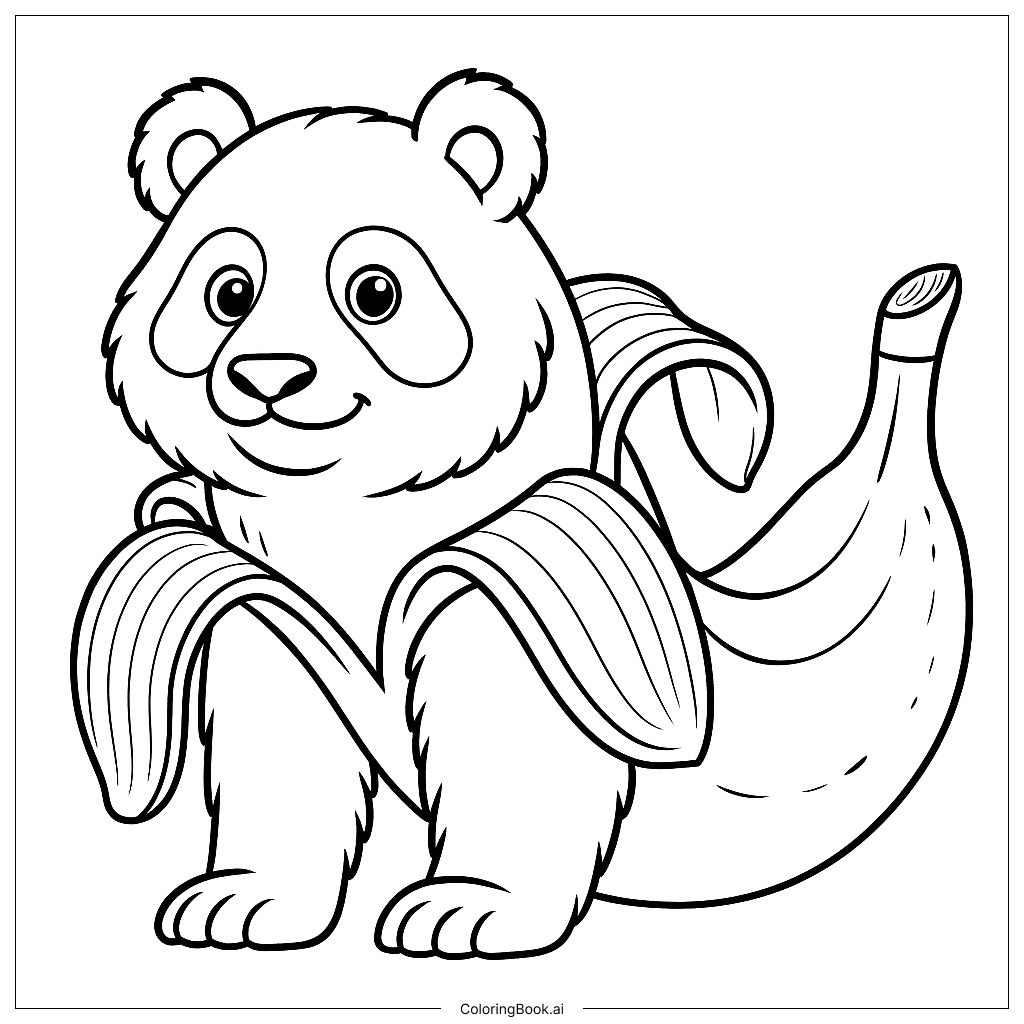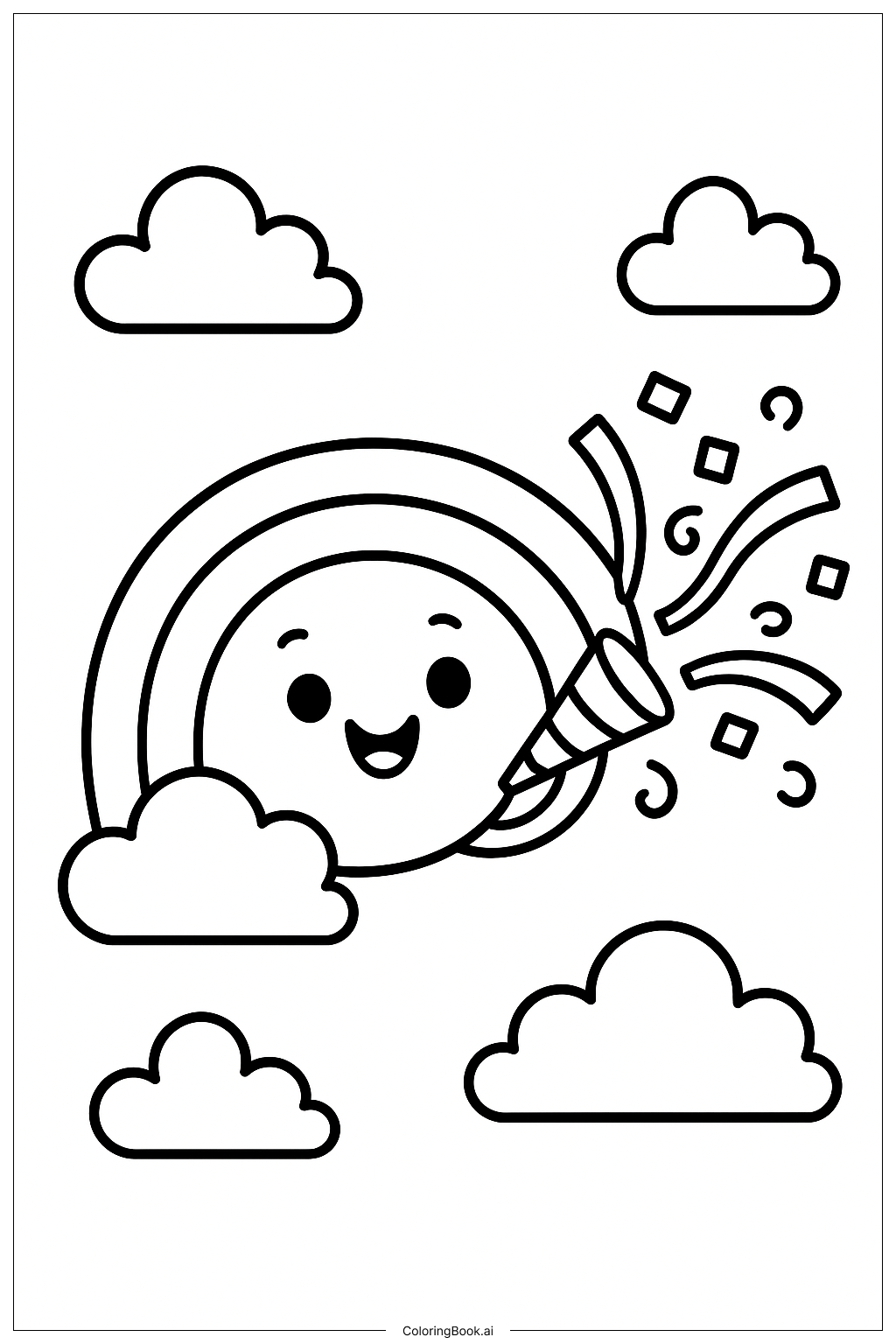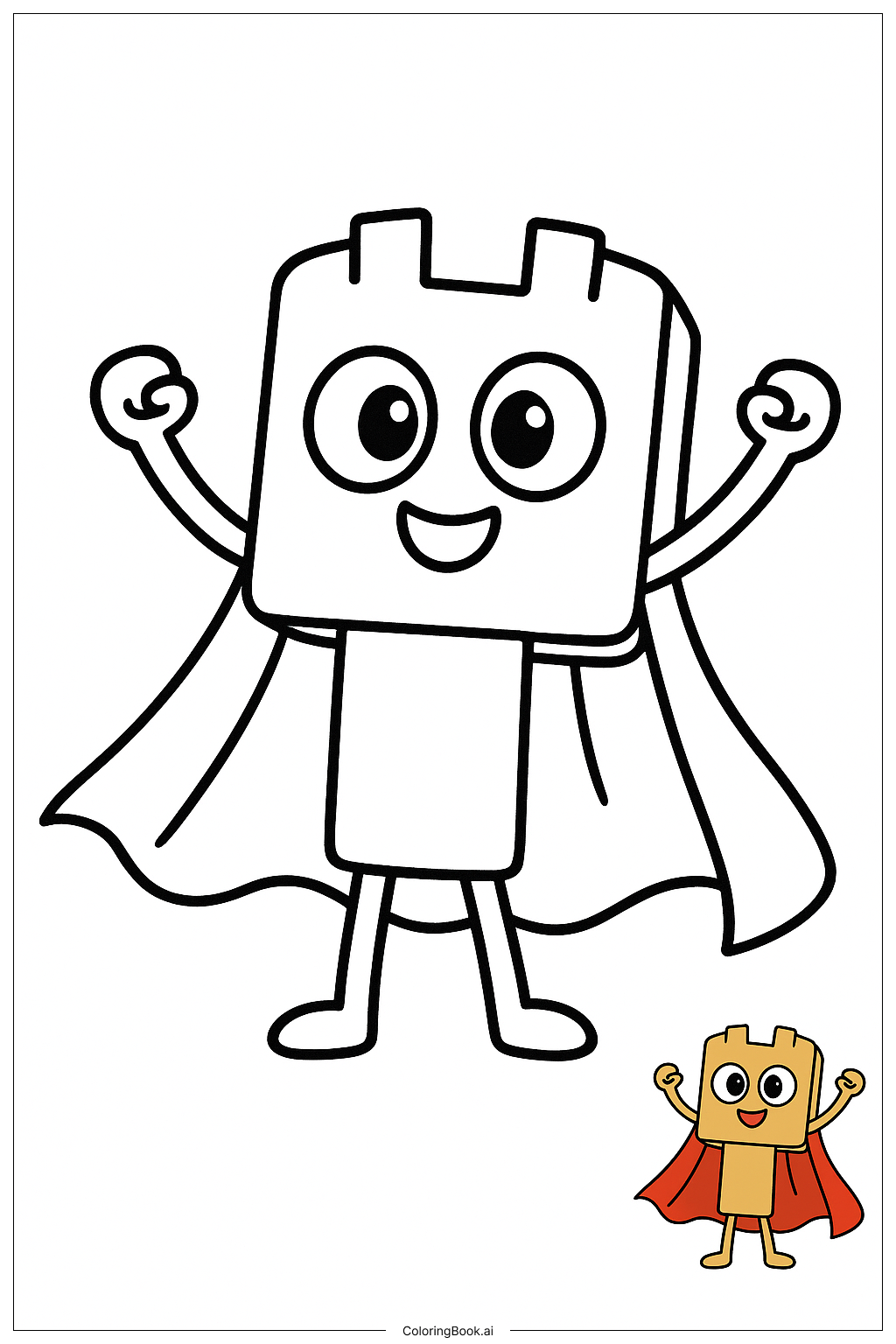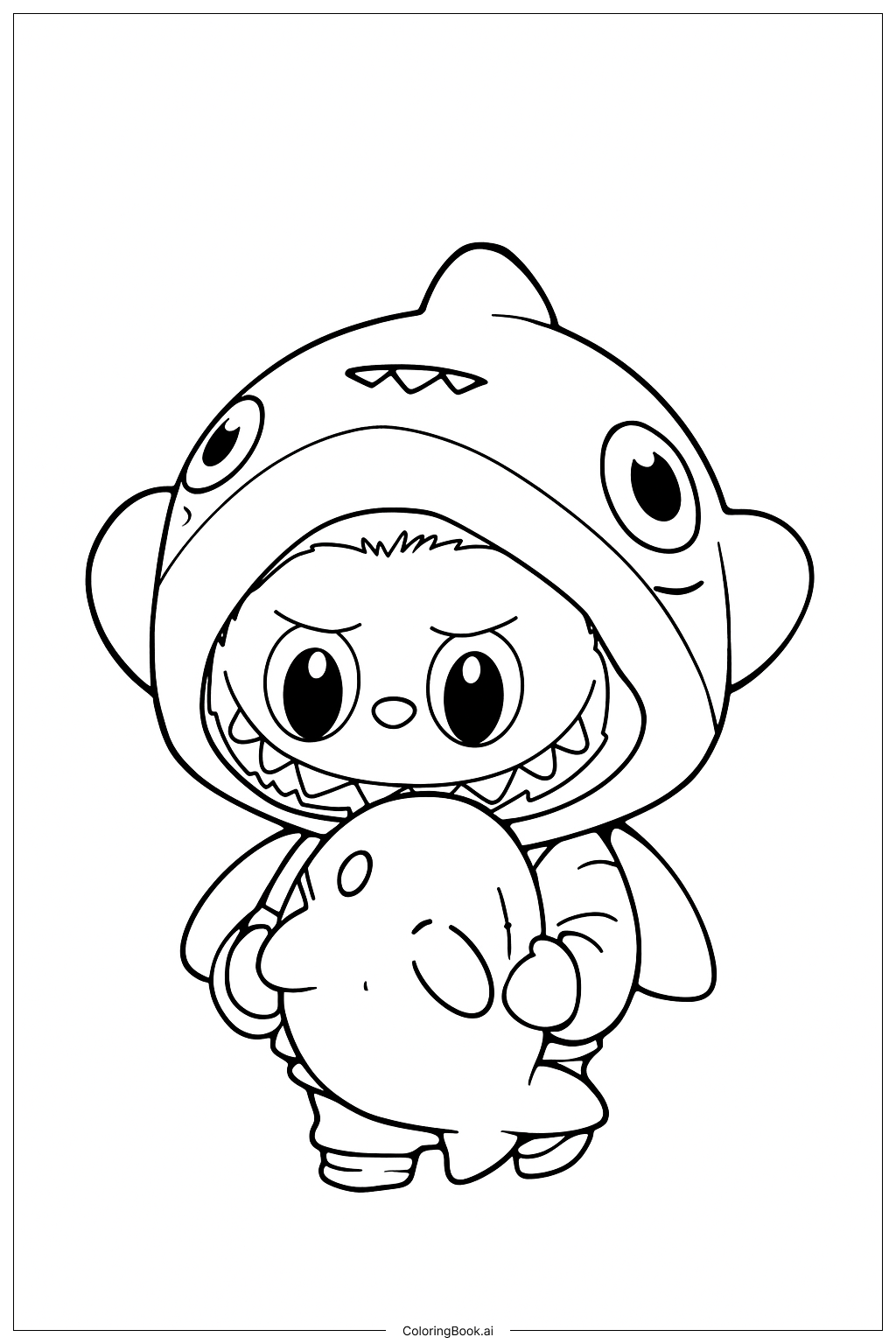Coloring tips: How to color Wolf coloring page well?
Use shades of gray, black, and white to color the wolf realistically. You can add some light blue or dark blue to shadows for more depth. For a fun approach, try bright colors like purple, red, or green to make a fantasy wolf. Color the eyes black or dark brown to keep them intense. Use a sharp pencil or fine marker for the small teeth and eyebrows to keep the details clear. You can color the background with forest colors like green and brown to make the wolf stand out. Experiment with different coloring tools to achieve smooth or textured effects.
Coloring challenges: Which parts are difficult to color and need attention for Wolf coloring page?
1. The wolf’s blocky shape has many straight edges and corners, which can be tricky to color accurately without going outside the lines.
2. Painting the small details like the eyes, eyebrows, and teeth requires careful and precise coloring.
3. The large flat surfaces need even coloring to avoid streaks or uneven shading.
4. Maintaining different tones to show the wolf’s 3D shape might be challenging for younger children.
5. Deciding on a color scheme—whether realistic or imaginative—can be confusing for some kids.
Benefits of coloring books: Advantages of drawing Wolf coloring page
Coloring this wolf helps kids improve hand-eye coordination because they must carefully stay inside the lines and color small areas. It encourages creativity if they choose to use different colors, creating their own fantasy wolf. Coloring the shapes and edges teaches spatial awareness of geometric forms. It also helps develop patience and attention to detail because of the many small parts and straight lines. Most importantly, coloring can be calming and fun, making it a great way for kids to relax and enjoy art.
